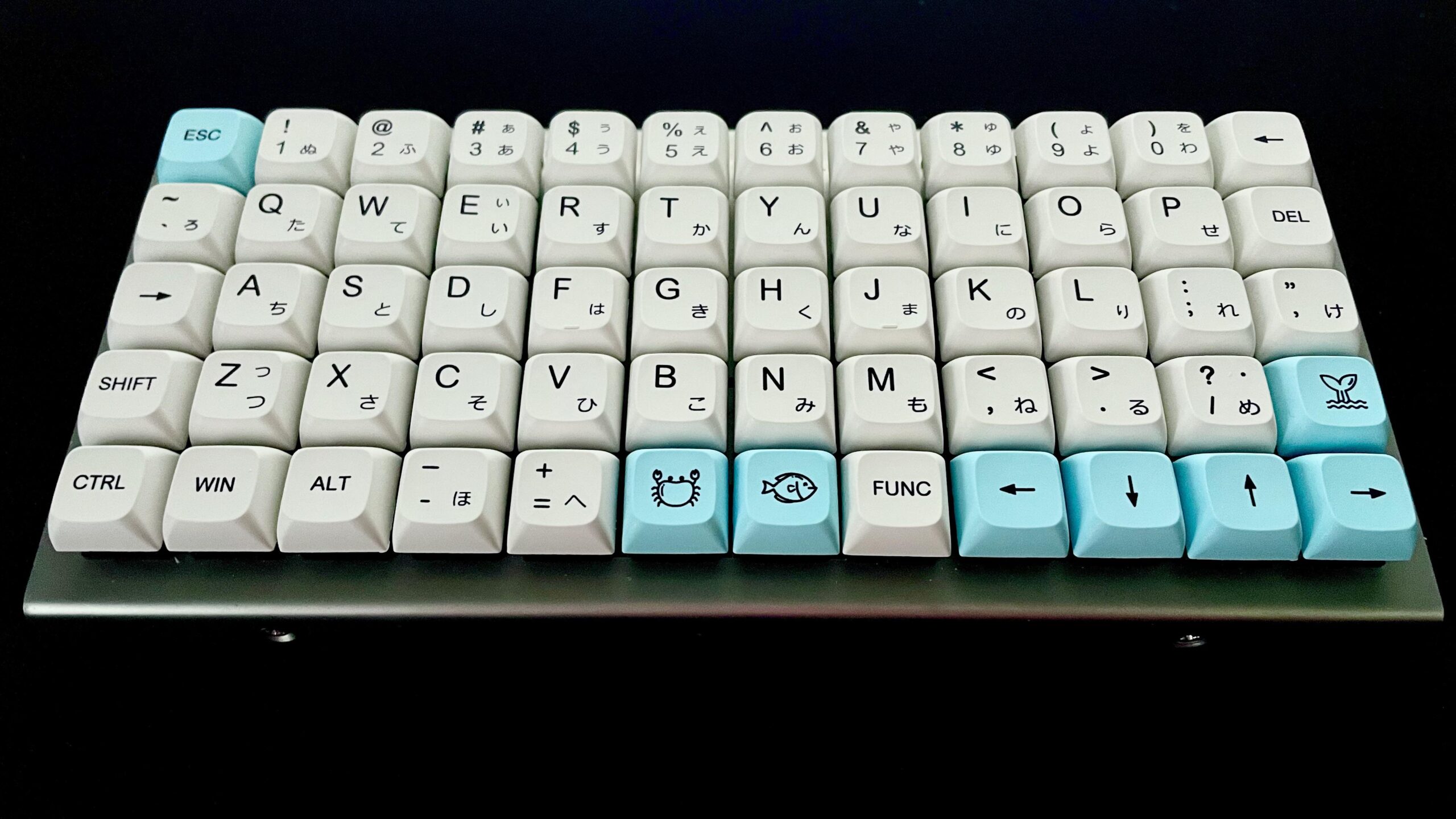What is an Ortholinear Keyboard?

13
May

An ortholinear keyboard offers a compact yet comprehensive typing solution, featuring evenly spaced keys arranged in a grid pattern. These keyboards cater to writers, programmers, gamers, and enthusiasts seeking a fresh typing experience. Advocates claim that using such keyboards can enhance comfort, typing speed, and accuracy, although some remain skeptical about these purported advantages. This comprehensive guide aims to provide all the necessary information about ortho-linear keyboards to assist you in determining whether they are worth exploring.